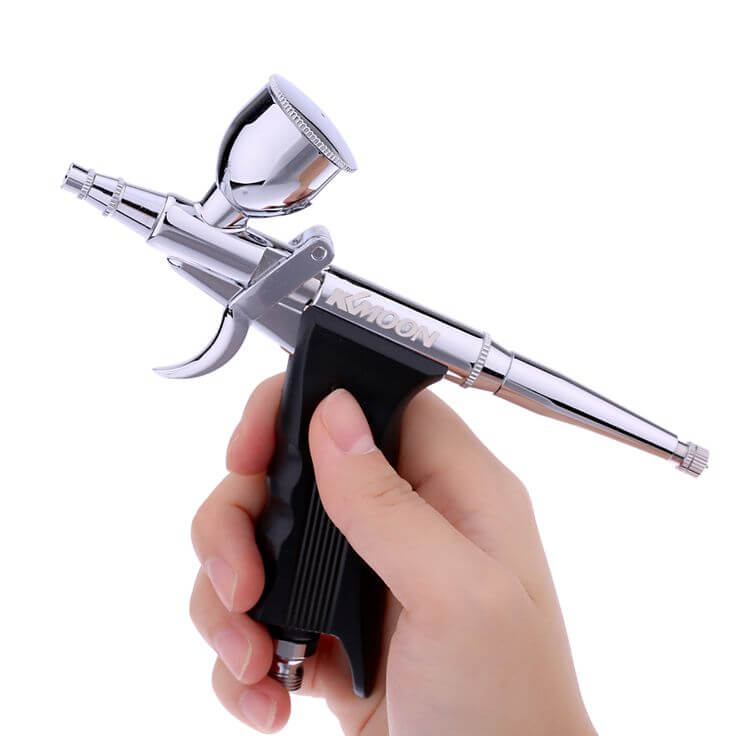Contents
Tattoo Guns ie. Tattoo Machines
Tattooing has been around for over 5,200 years, yes, you read that correctly and has been used throughout both Western and Eastern histories. Throughout most of that time, they were primarily created using sharpened sticks or bones to puncture the skin and insert ink into the skin’s dermis layer. Over the last 200 years, just a blip on the tattooing timeline new technologies has created faster, more accurate and more efficient ways of tattooing. The biggest technological improvement is the modern tattoo gun, which burst on the scene at the end of the 19th century; things haven’t been the same since.
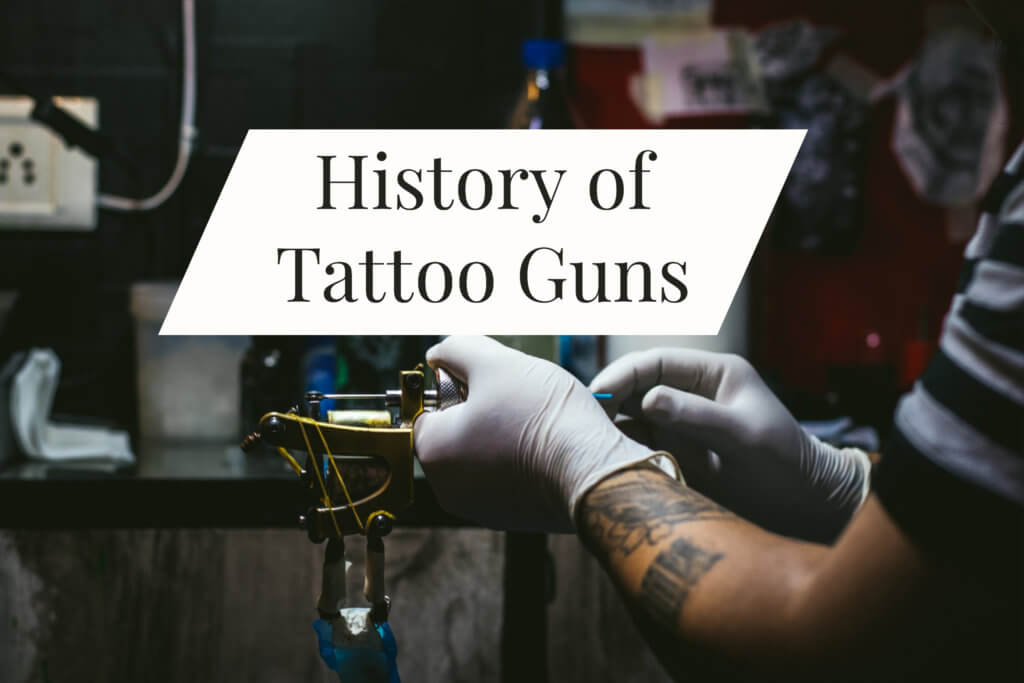
The Original Tattoo Gun
In 1876, Thomas Edison patented an engraving machine, which featured a stencil pen that punched a pattern into paper, and then dusted colored powder over it to complete the engraving. Shortly after the patenting of Edison’s battery-powered design, a man called Samuel O’Reilly realized that Edison’s design could be easily modified to allow for tattooing.
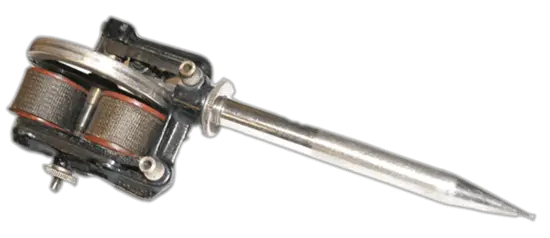
A few years later, he had patented his own tattoo machine, which had a new style of the tube assembly and a reservoir for ink. It also, naturally, included an array of rotating needles that permitted the artist to puncture the skin, and then insert ink into it, making the machine an efficient ink-to-skin delivery system. The original tattoo machine was powered using a one-coil electromagnetic system based off of Oersted’s 1820 findings, powering a wheel that in turn drives the motion of the needles.
Coil Tattoo Guns
Coil tattoo guns use a dual-coil electromagnetic system to move the armature bar. Essentially, two electromagnets are used—each with opposite poles—to move needles, which are arrayed between the electromagnets on an armature bar, like a piston. Once the trigger is pulled, the current enters the coils, making them electromagnetic. This pulls down the needs and opens their points to allow ink to flow.
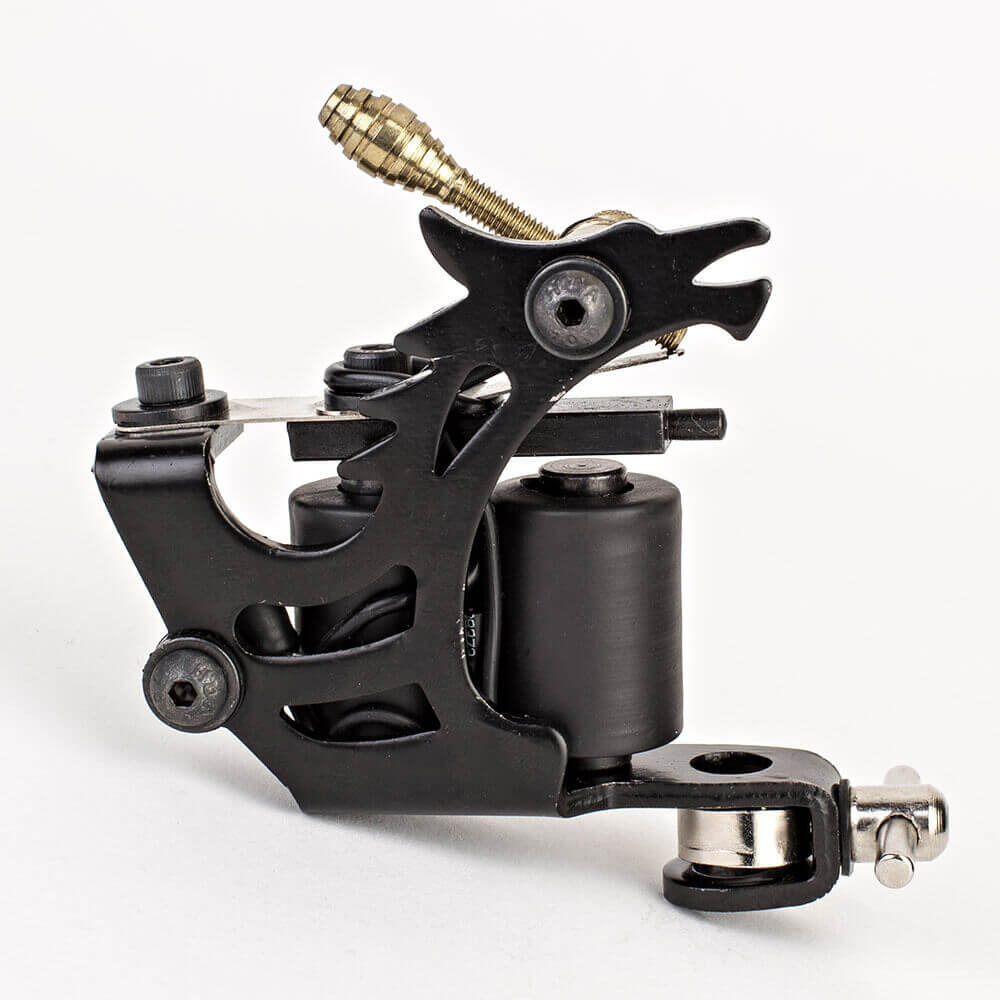
Once the points open, the magnet is turned off, the assembly springs back to the armature bar, and the whole cycle repeats itself again, causing rapid-fire movement. The weight of the initial dual-coil gun (patented by Alfred Charles South) was such that they were often hung from the ceiling in order to make it easier for tattoo artists to use them.
Today’s Guns
Nowadays, most artists use variations on the dual-coil gun—and most have at least two guns in their arsenal, one for lining and one for shading. For lining, most artists use eight-wrap coil machines, which generates a smaller amount of electromagnetism than the ten-wrap machines, which are used for shading.
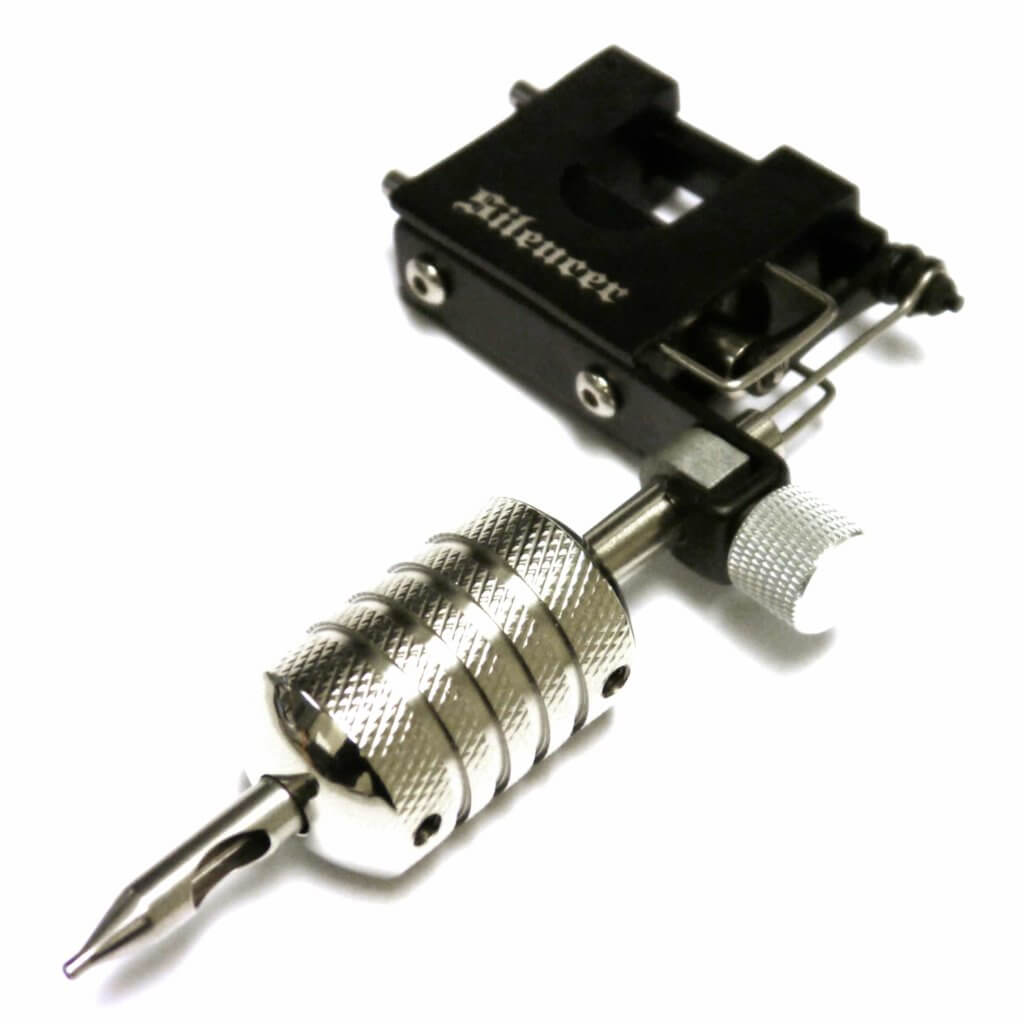
Modern guns are highly adaptable, allowing artists to determine precisely how deep the needles should go into the skin, how fast the needles should move, and how hard they hit the skin. This customization makes the tattoo gun, more than ever, an extension of the artists’ body.
Up-and-Coming Guns
Pneumatic guns use air compression to power the needles, and completely remove the need for electromagnetism, while swash drive machines are bearing-driven rotary machines that are quiet and efficient guns.
